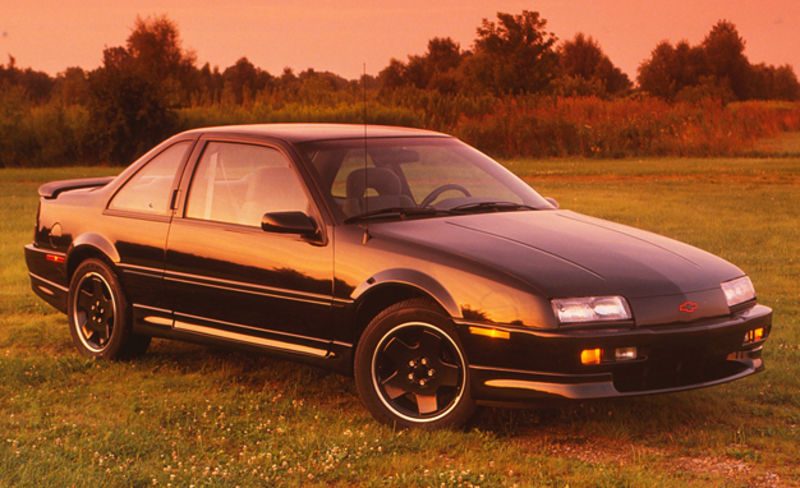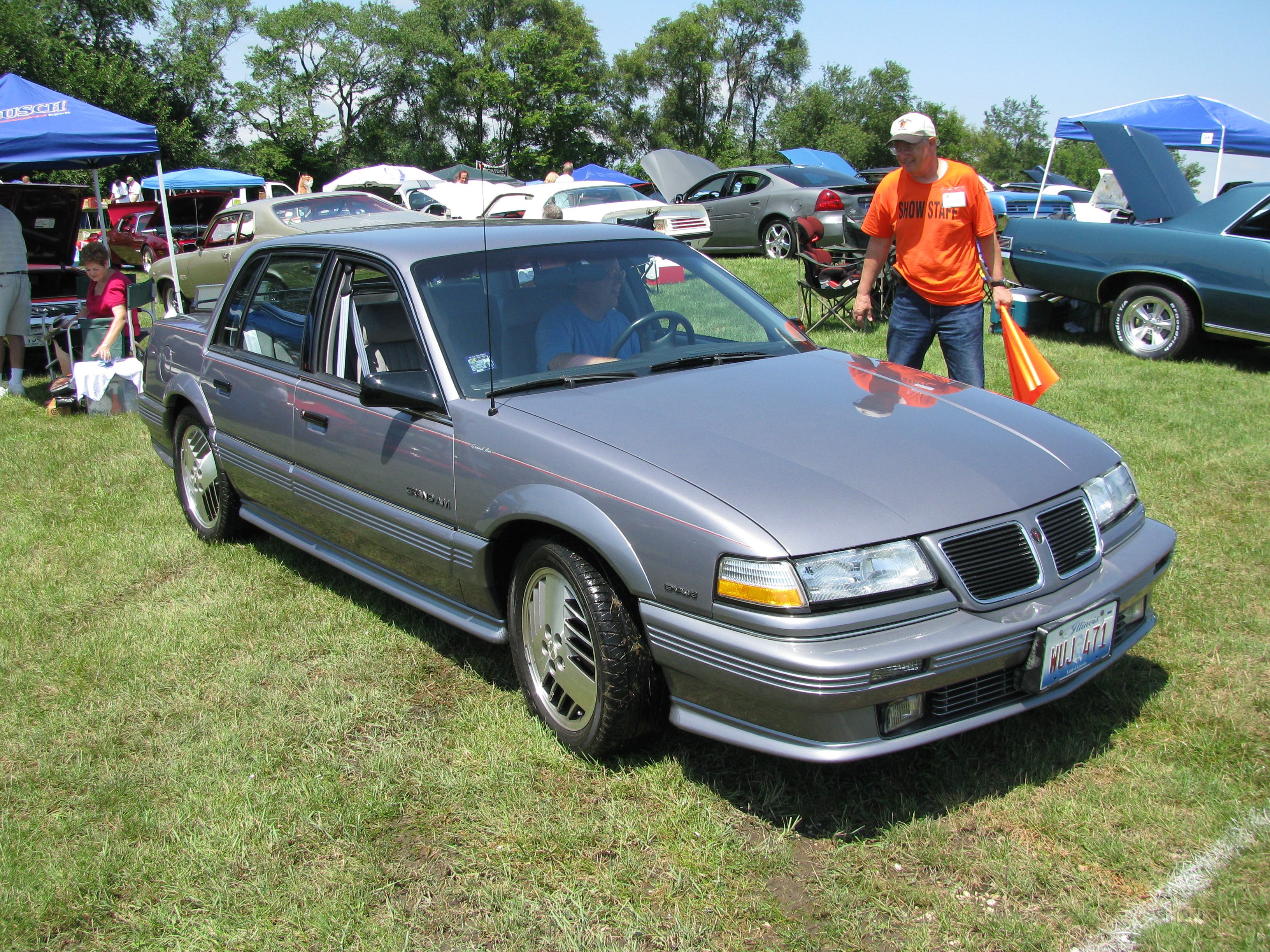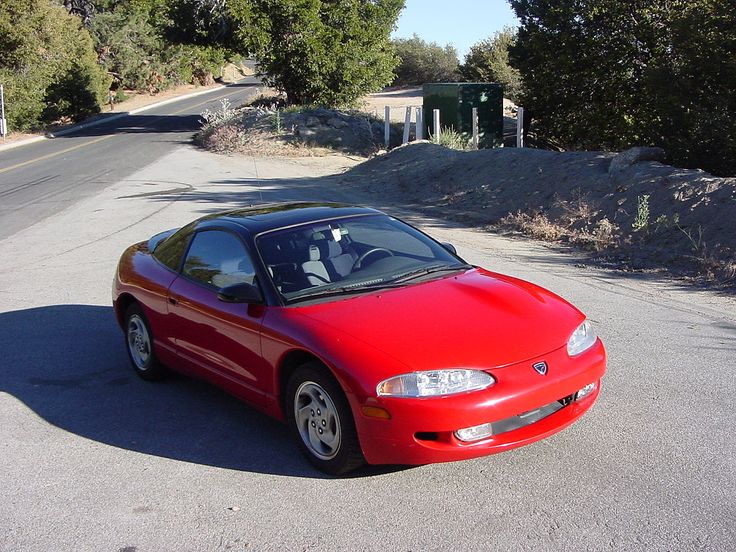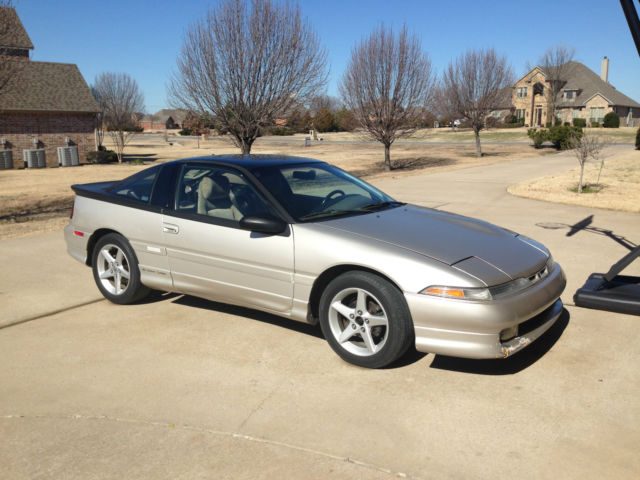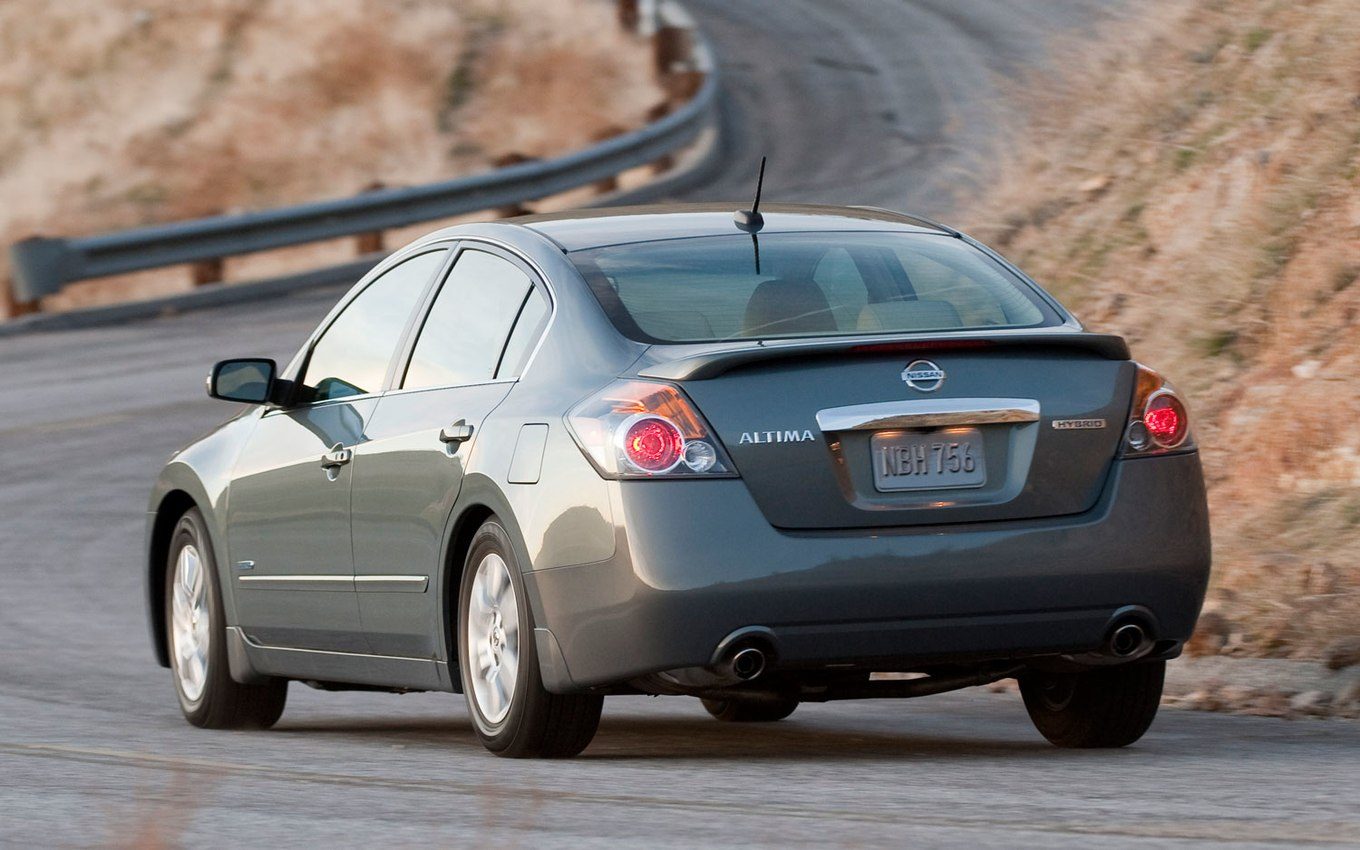I think these two are worth looking at:
View attachment 692736 View attachment 692737
The Oldsmobile Cutlass Calais Quad-442 and Achieva SCX don't get the recognition they deserve, IMO as they were more than just body kits on early '90s GM econoboxes. Introduced in 1984 powereing the crazy Aerotech streamliner the Quad 4 in itself was an important engine, being the first in-house DOHC engine design from GM, and it made impressive power and torque numbers for an NA I4; the king of the hill W41 version put out 190hp and 160lb-ft. The name comes from the 4 cylinder (Quad) configuration, and the 4 valves per cylinder (4) head design (there was also a SOHC version dubbed the Quad OHC, due to only having 2 valves per cylinder). The Quad 4 also marked the last engine designed and built by an individual GM division; fitting, as the N-body platform was also designed by Olds to replace the much hated X-body. Fast forward into the turn of the '90s, and Olds wanted to have some credibility for their engine and platform; so they decided to join the IMSA Firehawk championship. Firehawk was a series centering around modified production cars running on shaved Firestone Firehawk street tires, with a wide variety of models spread throughout its 3 classes from Camaros, 944s, MR2s, to Saturn SCs, and even Taurus SHOs. The Calais Quad-442 made its debut in 1990, being sold in limited numbers to the public to homologate it specifically for Firehawk. It came bearing either the standard LG0 High Output Quad 4 good for 180hp, or you could spring for the aforementioned W41 which had a TRW designed valvetrain complete with more aggressive cams, less restrictive exhaust, forged pistons, and a new PROM to allow it to rev all the way to 7,250 RPM. A Getrag/Muncie 5-speed was the only transmission choice, with a shorter final drive and no overdrive gear. 1991 saw a big breakthrough with car #0 taking first in its class at the 24h Watkins Glen endurance race, leading second by 4 laps-the most of all 3 class winners that year.
View attachment 692758
1992 brought the introduction of the new Achieva, and with it a few changes to the formula. The W41 was now the standard engine for the performance model, now dubbed the SCX. The SCX received the same 5-speed as before, now sporting an upgraded clutch; 14in wheels were unique to the SCX, as was the adjustable FX3 suspension (with Sport, Soft, and Auto modes), a 34mm wider rear track, and BFGoodrich tires. The cars destined to be turned into racers were given RPO C41, which tossed out A/C, and put in extra oil coolers and a Torsen LSD. The Achieva built on the success of the Calais, with Chuck Hemmingson taking first not only in the championship, but
every race of the 1992 Firehawk season (in his class at least). Not only that, but lightning struck twice at that year's Watkins Glen 24h, with both Olds and 1991's winners taking the class win. It also won the SCCA Touring Championship from 1992 to 1994. So much for an "under Achieva", huh?
View attachment 692763
In total, 1146 SCXs were made in 1992, while only 500 were built in 1993. With that, performance production cars from Oldsmobile came to a close. The LG0 soldiered on for another year before getting dropped in 1994, with the entire line of Quad 4s getting rebranded as Twin Cam, and throwing performance out the window along with becoming a corporate engine. While many think of the classic 442s when it comes to fast Oldsmobiles, these represent how Oldsmobile had at the very least tried to adapt to the times with a smaller FWD performance car. After the SCX was gone, all we got were these:
View attachment 692862
View attachment 692863
The desire to try at a performance car was there, but all that came of it were these frankly lame concepts. So, while they may not be the best, they're arguably just as important to Olds history as any of their forefathers.
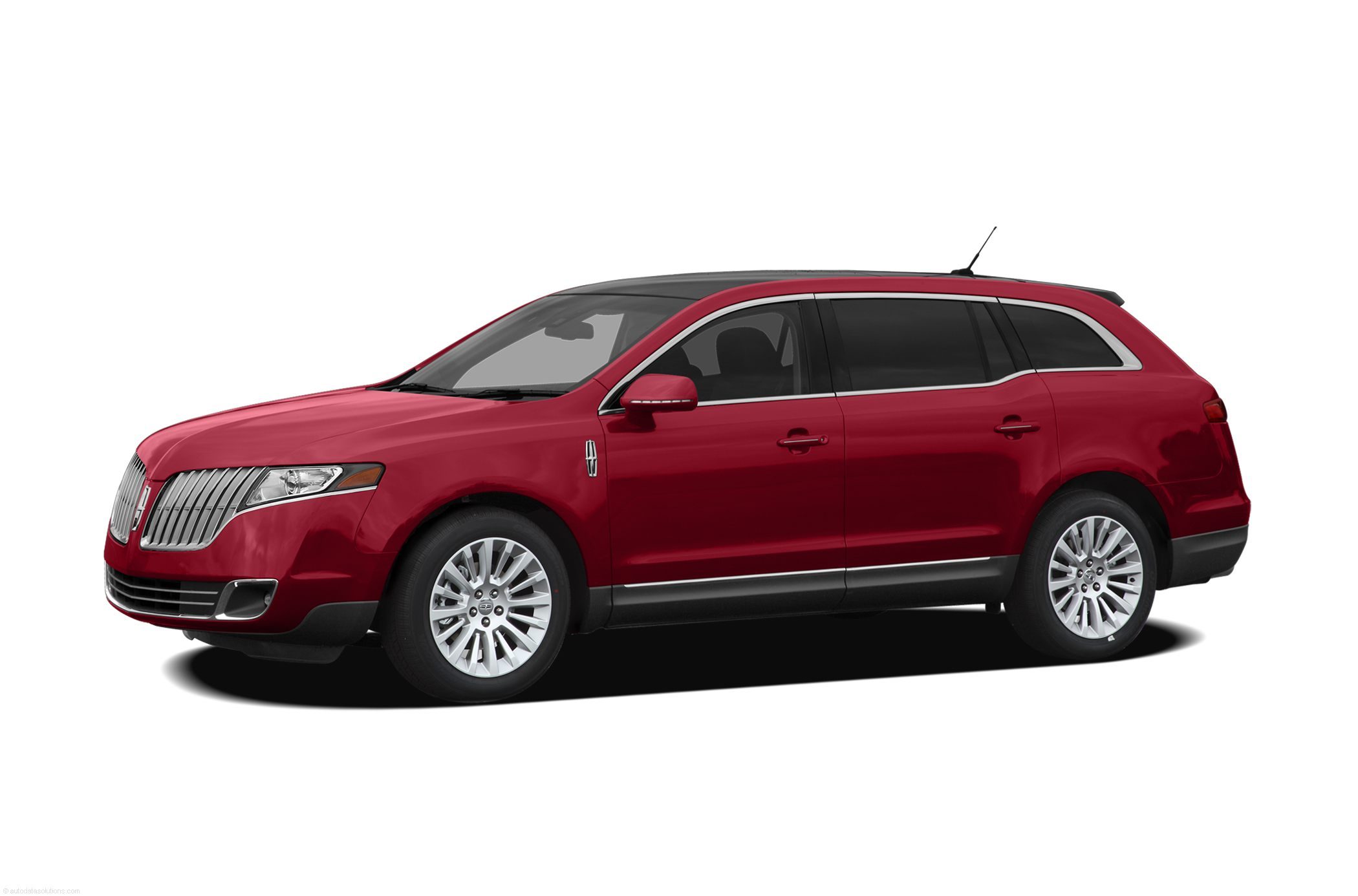
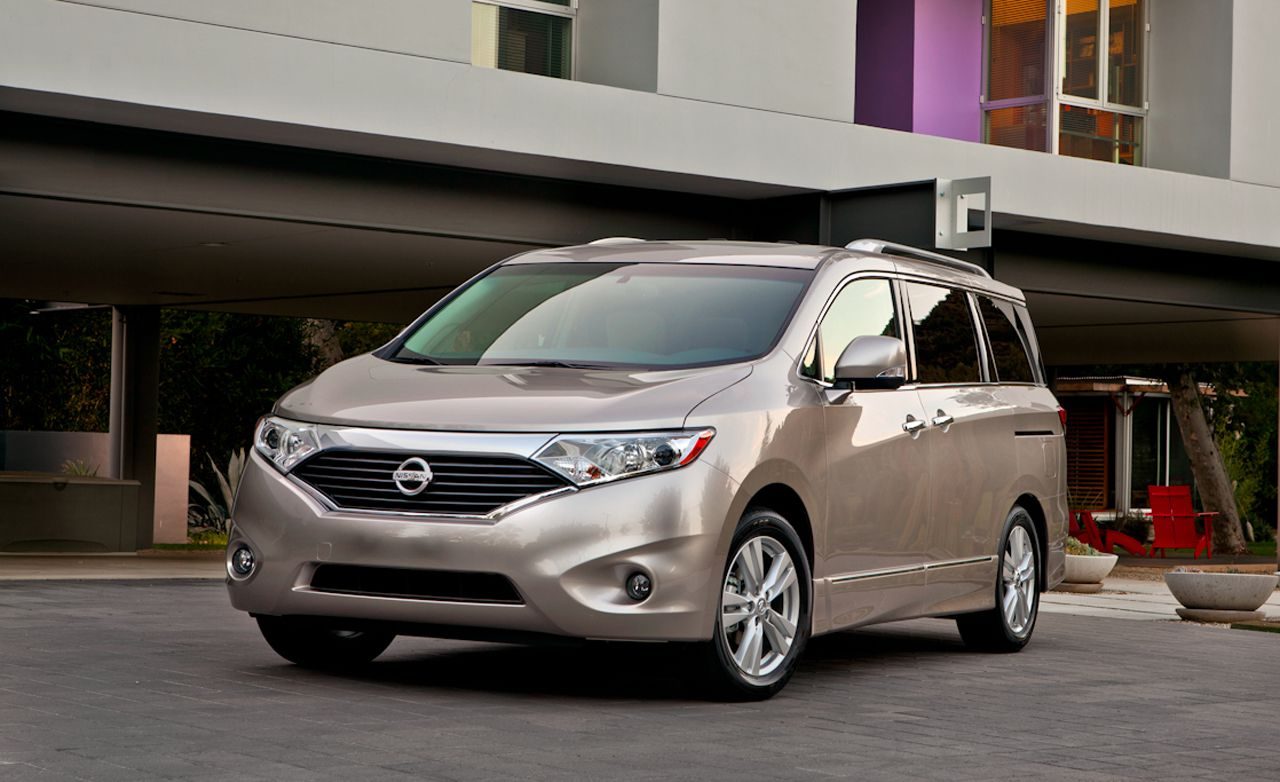
 Forgot all about until I saw it pop up on my own thread, Car Association. I was like, oh, it's that Saleen concept designed to replace the S7...
Forgot all about until I saw it pop up on my own thread, Car Association. I was like, oh, it's that Saleen concept designed to replace the S7...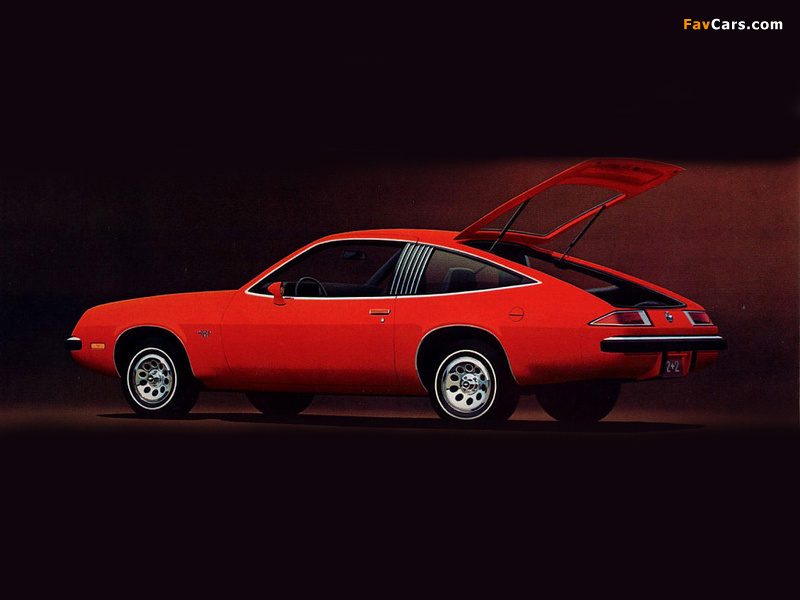
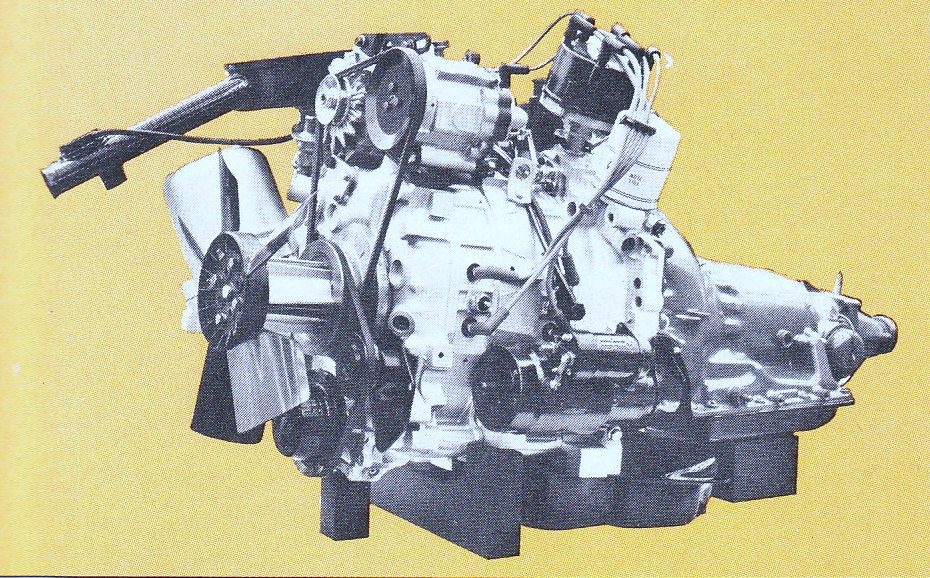
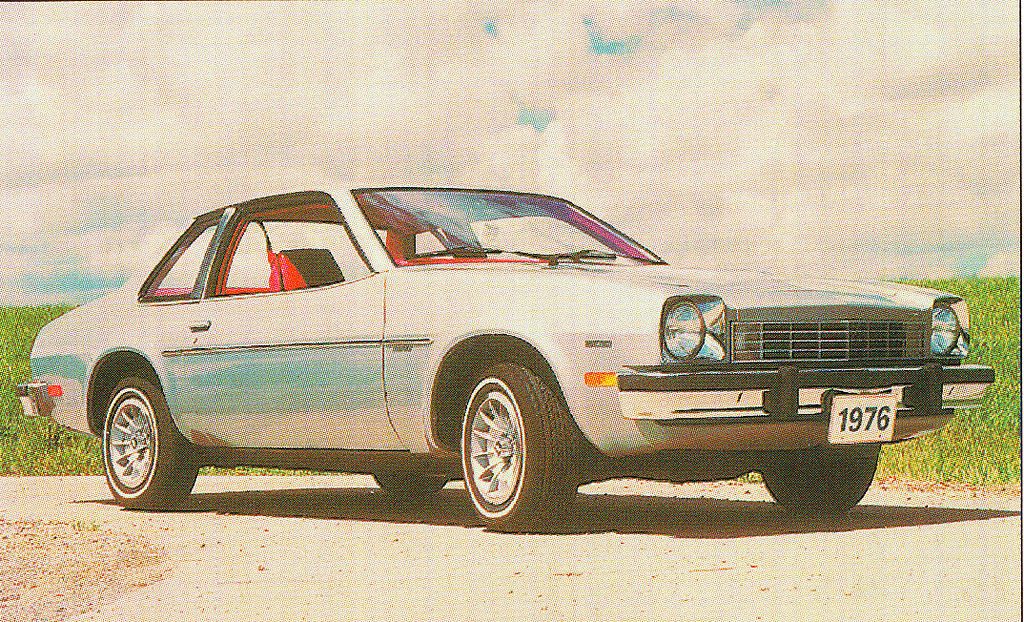
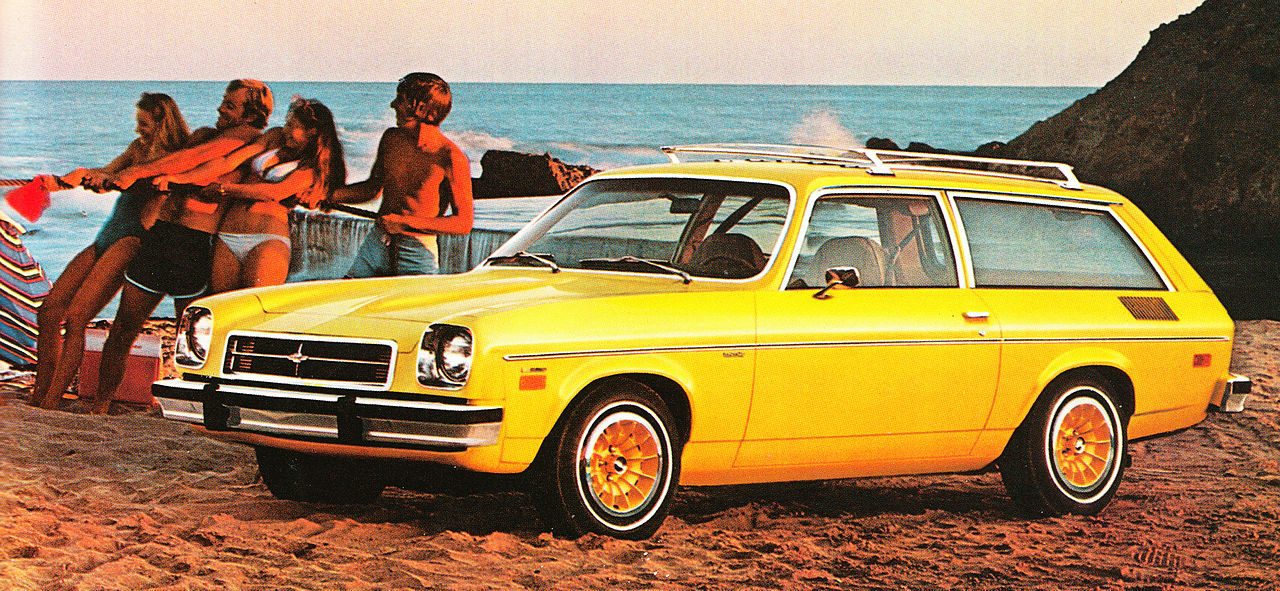
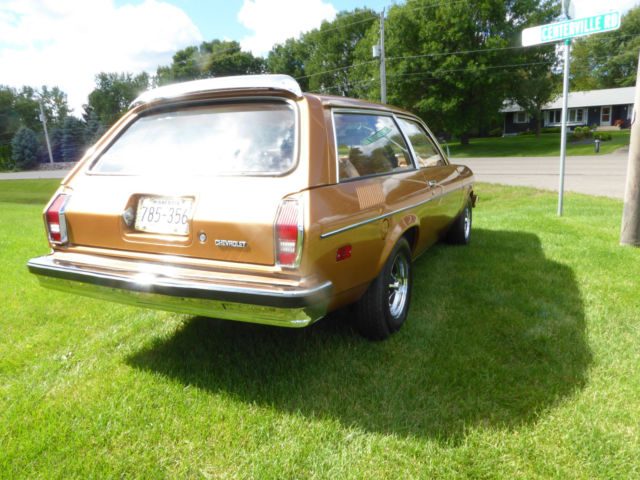
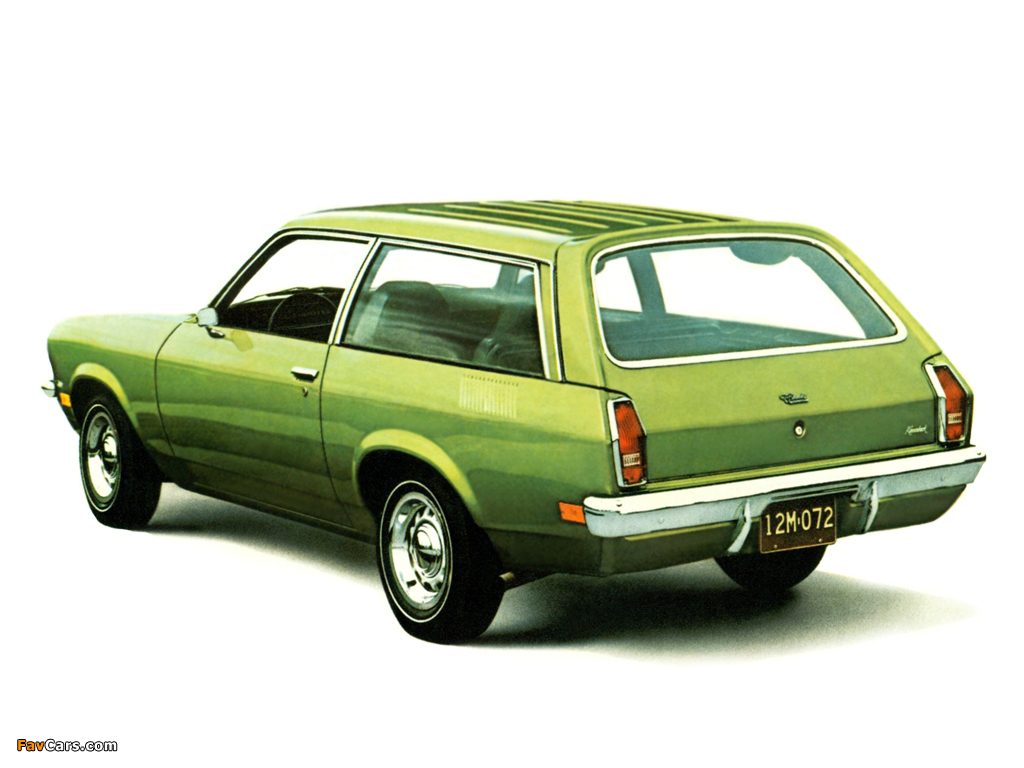
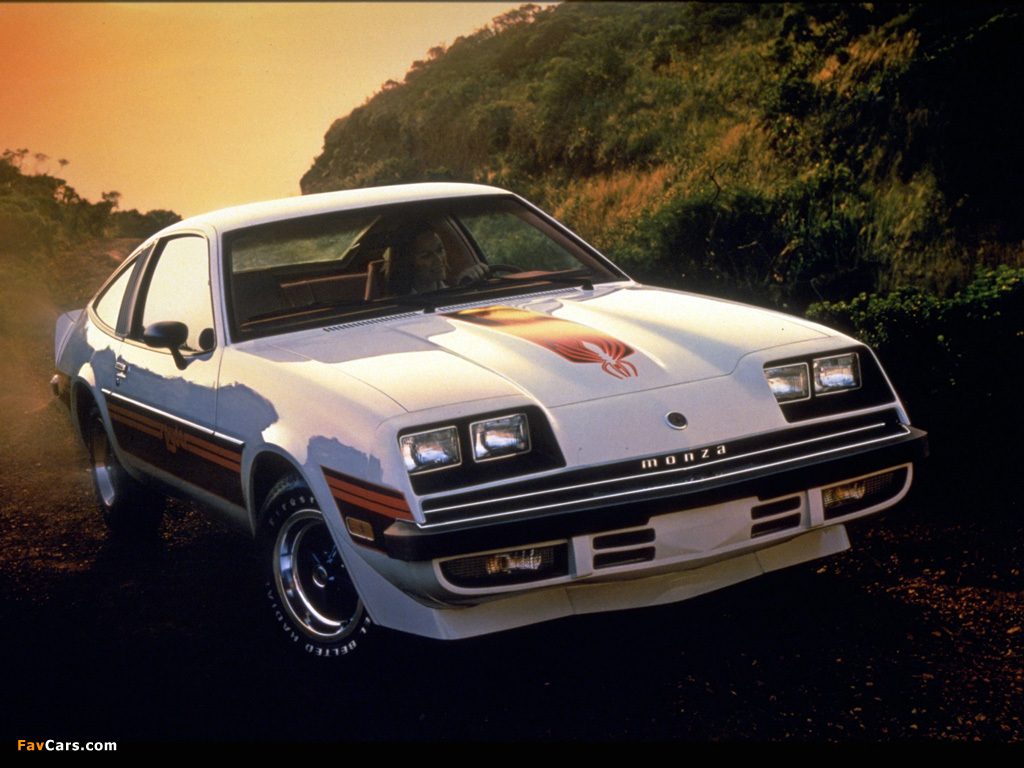
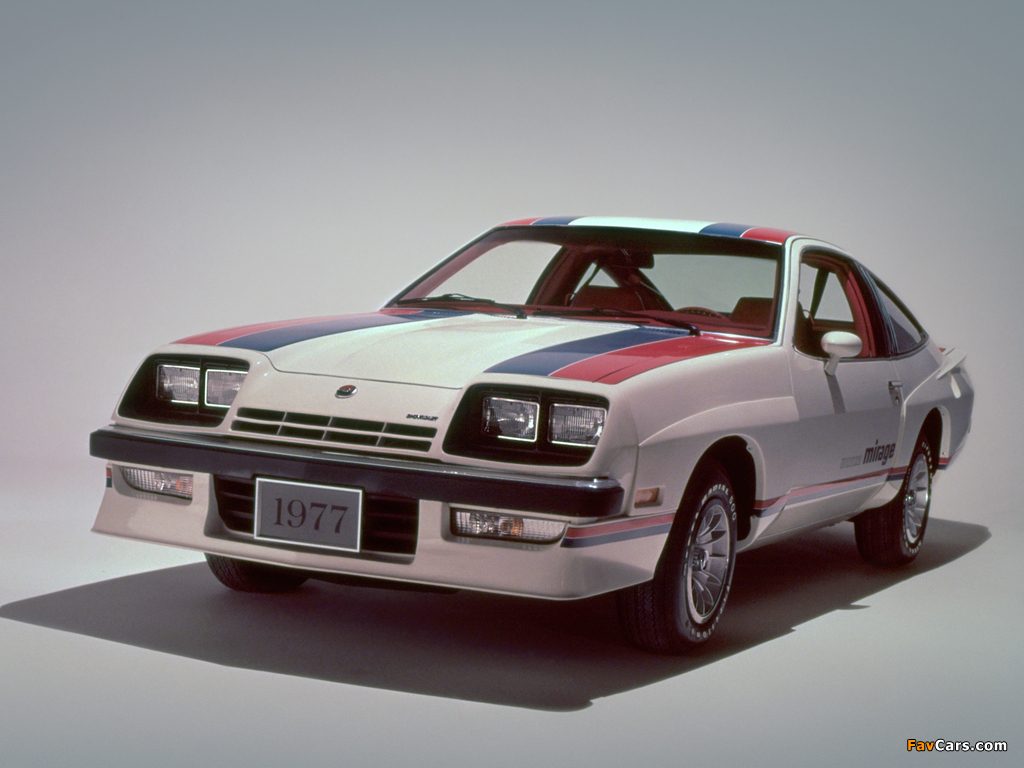

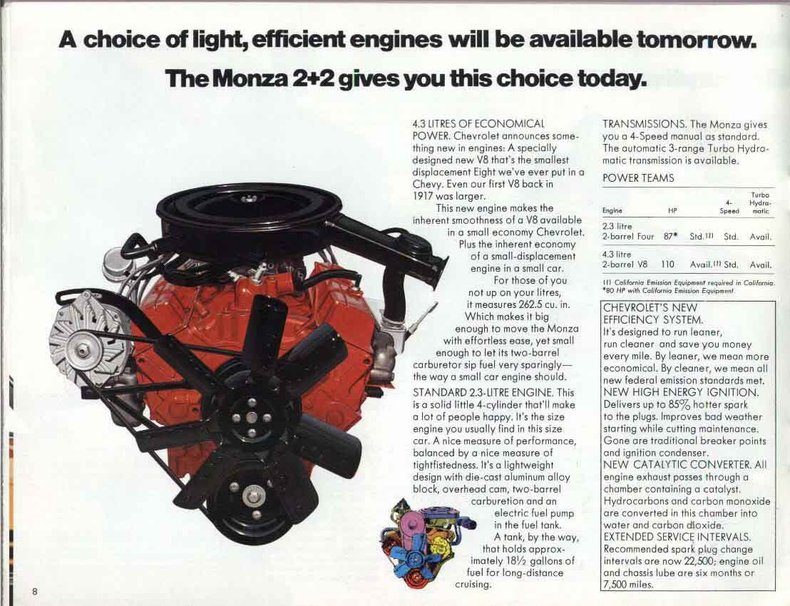
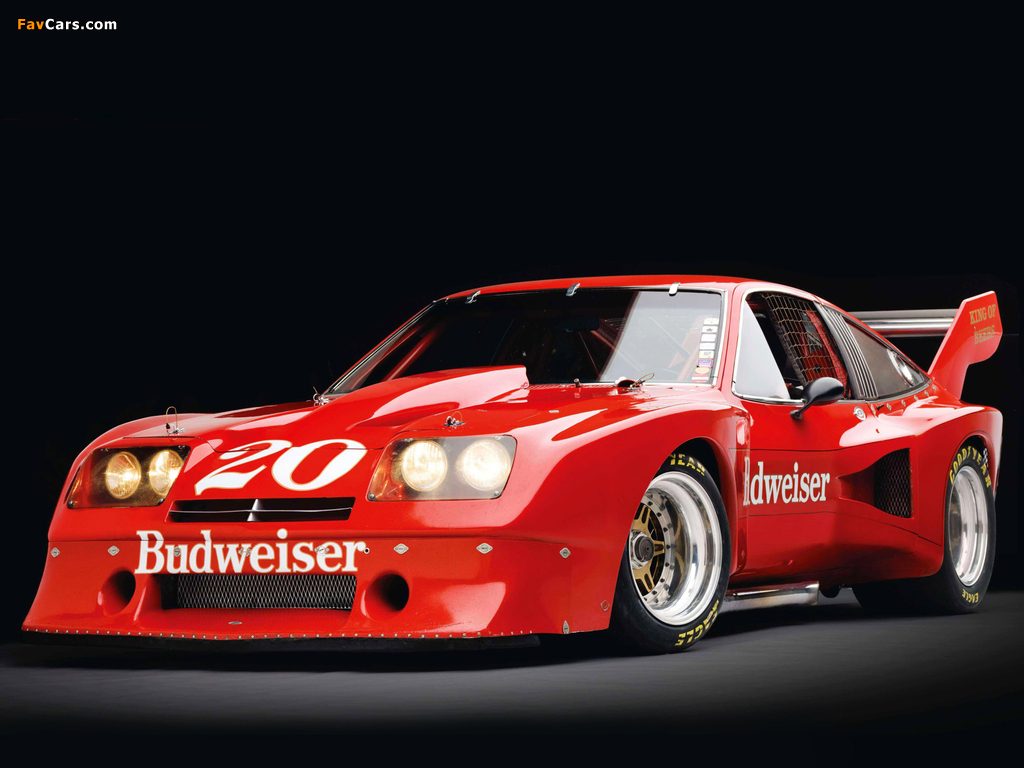

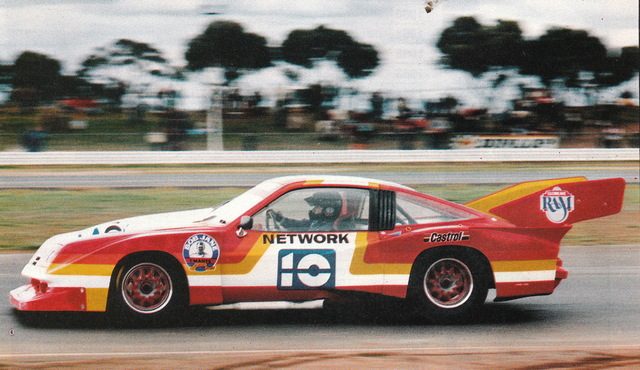

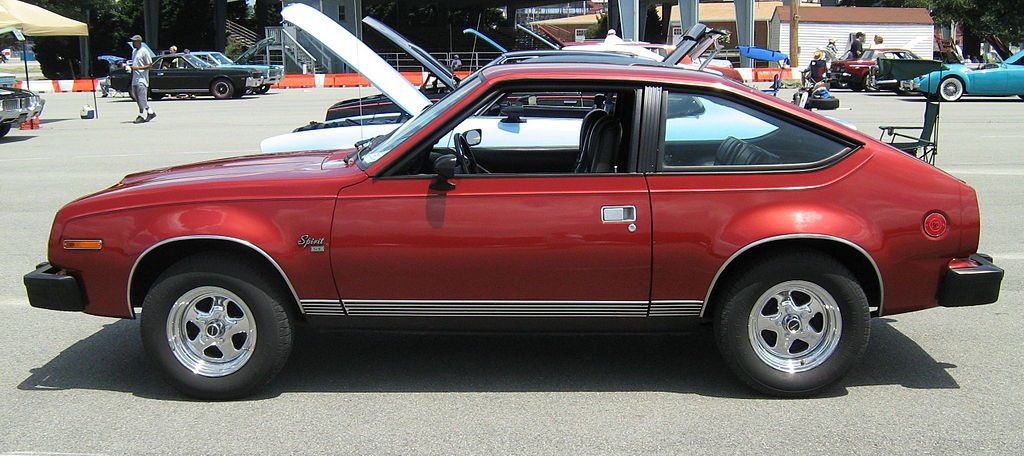





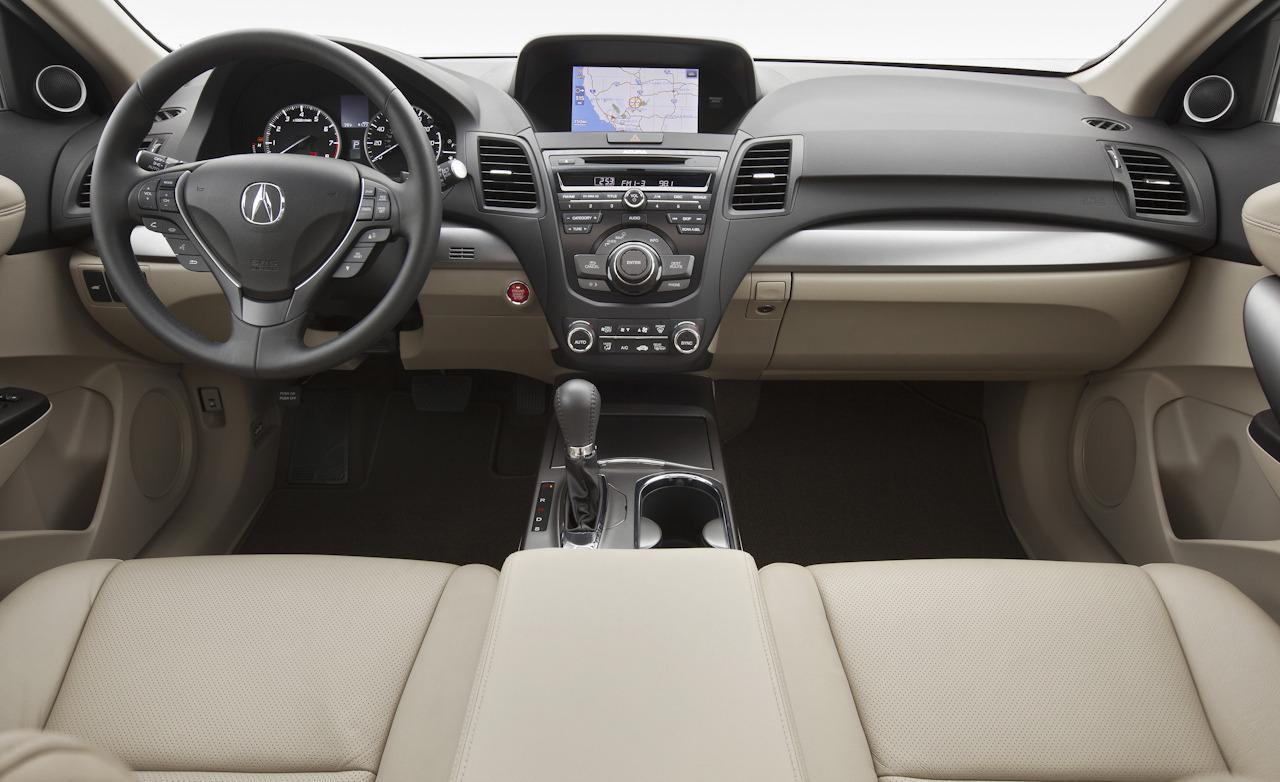
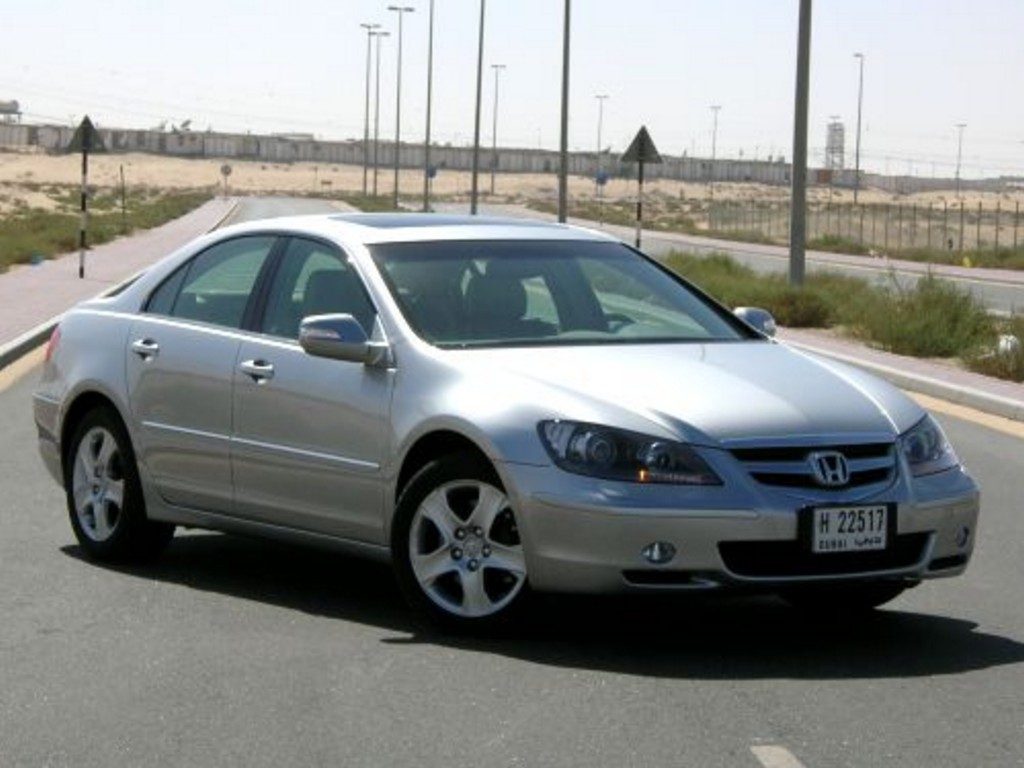
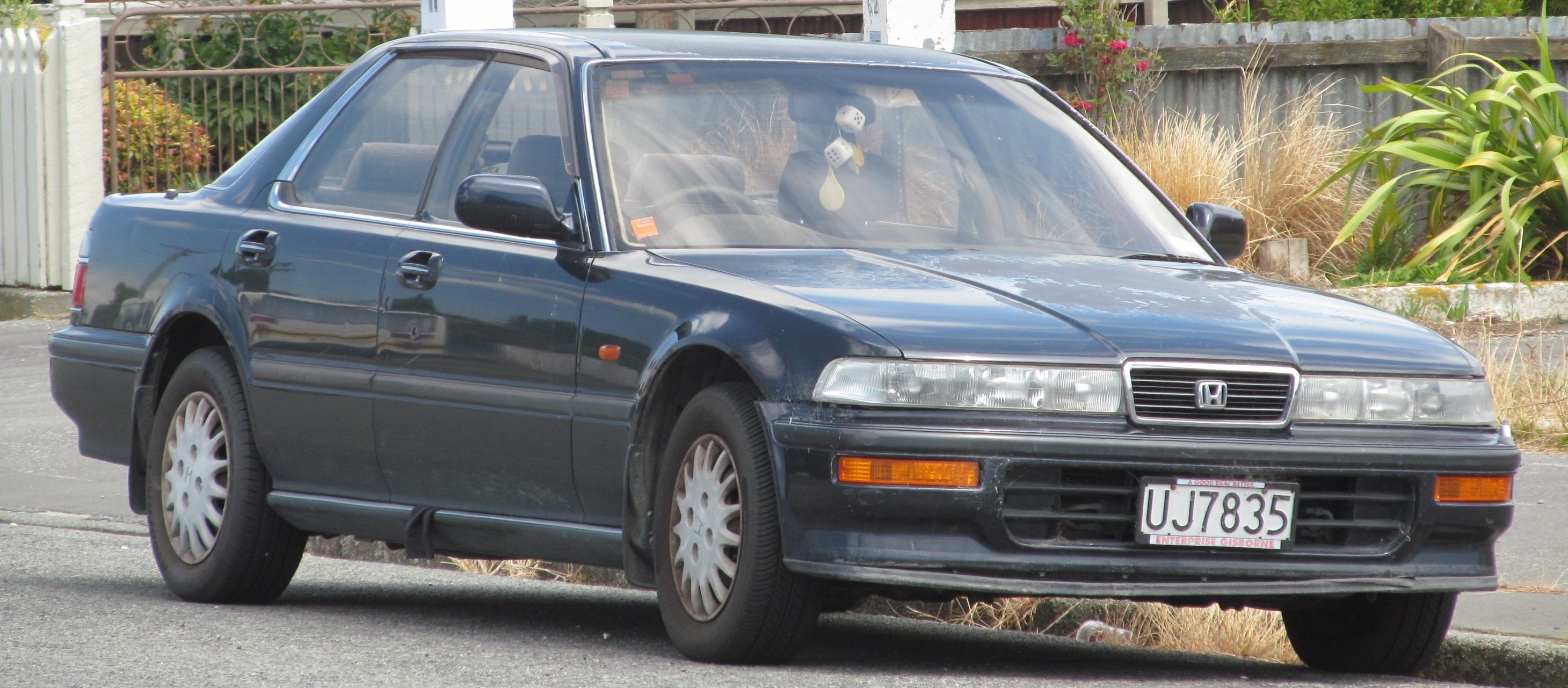

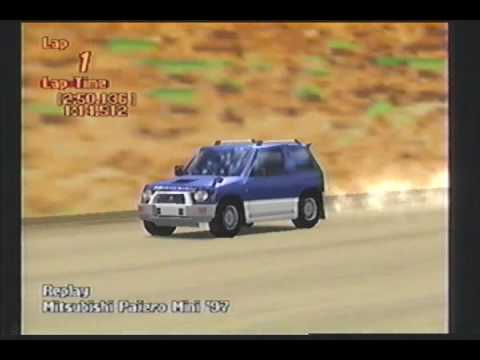


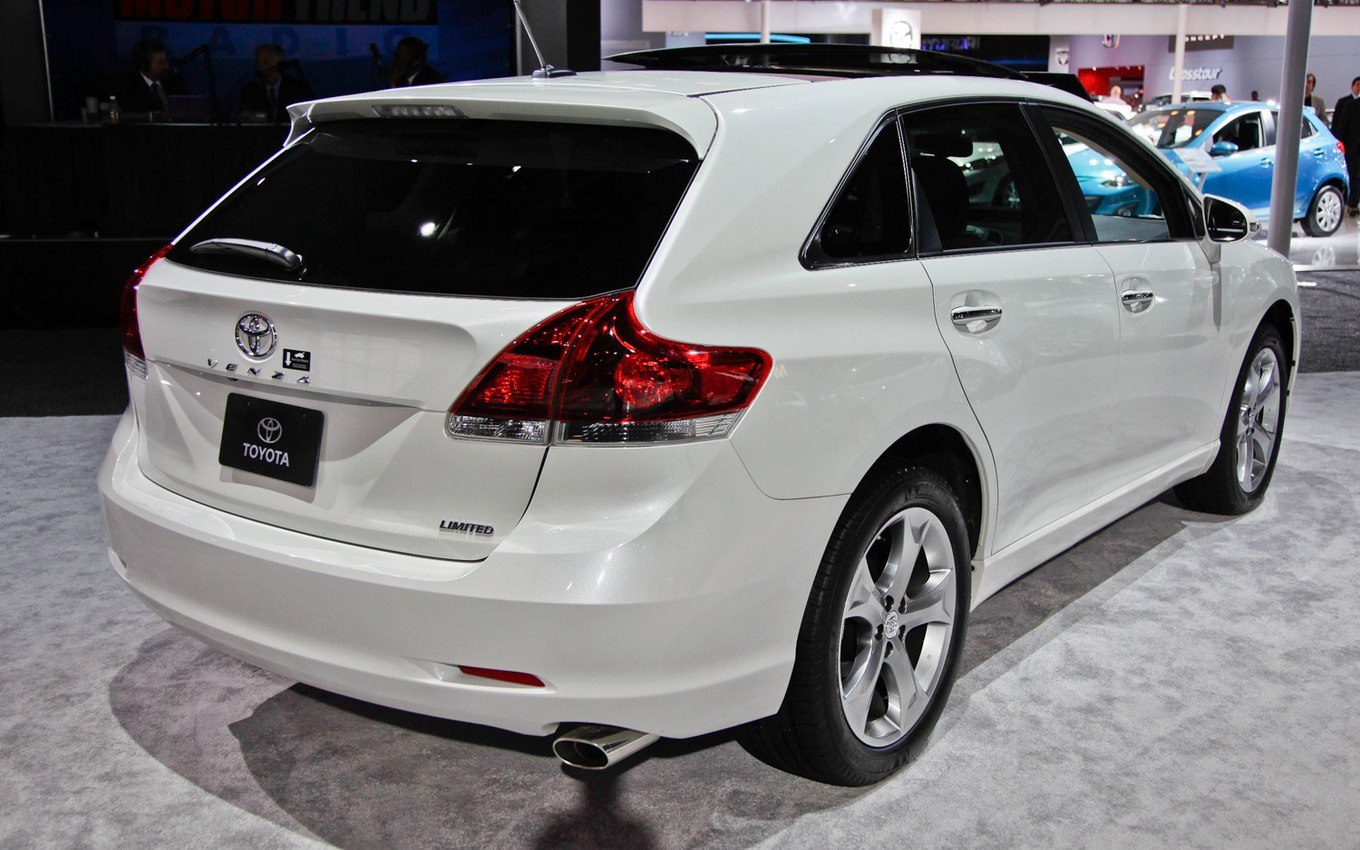
 . At least the Q4 is at least somewhat appreciated, though if I found an original W41 car I'd be loathe to use it for an engine swap.
. At least the Q4 is at least somewhat appreciated, though if I found an original W41 car I'd be loathe to use it for an engine swap.